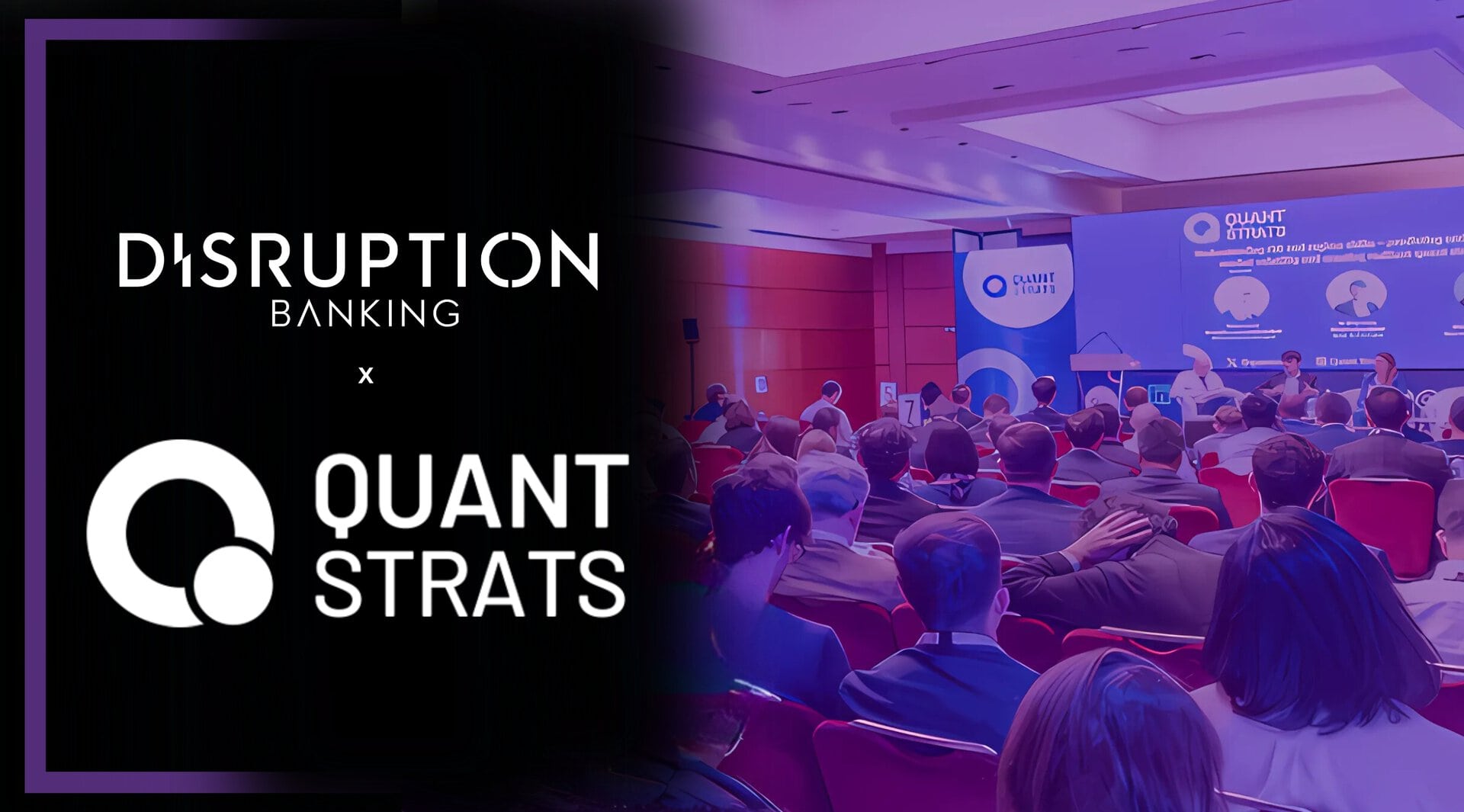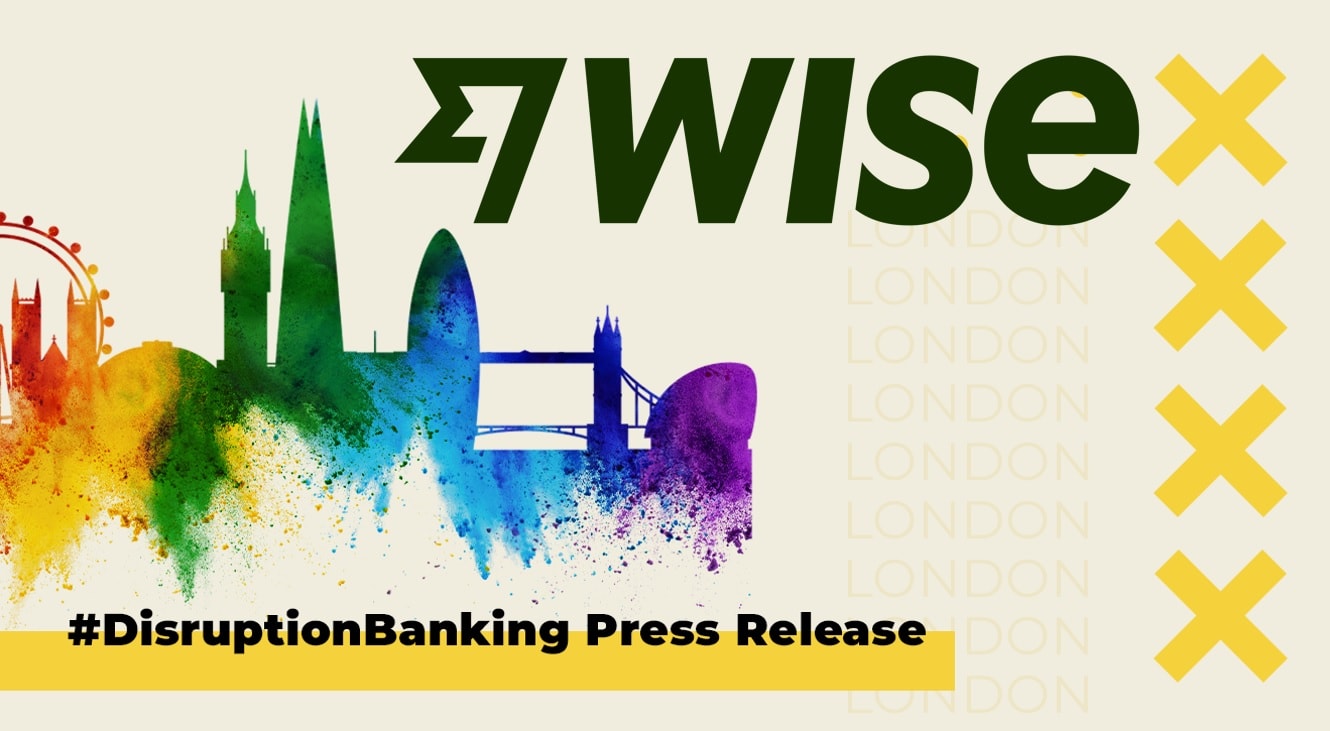Cloud Gateway CEO Justin Day offers his views on the way forward for financial institutions that are migrating their systems to cloud technologies
What does Cloud Gateway build for clients such as financial institutions?
We have built a hybrid cloud connectivity platform, with the aim of taking the very best of cloud technology and leveraging this for secure connectivity. Cloud Gateway is a platform to which they can connect all their entities – their sites, data centres, private and public clouds, B2B – whatever they have, including all of their E-commerce front end as well, in one consolidated, secure and centralized platform.
Myself and Neil Briscoe, the CTO and my co-founder of Cloud Gateway, come from a telecoms background, largely working for financial services companies. We recognized that with security and connectivity, everything takes too long and just doesn’t have the robust approach that is needed to allow financial institutions to continually change, to adapt, to meet regulations, to exploit new services to deliver benefits to their customers.
How well do cloud technology and cyber security work hand in hand?
I think increasingly they’re working better, but I don’t know that they work as well together as they can. They work hand in hand holistically, where you’re using the best components provided by a cloud provider within their own ecosystem. For instance, the likes of Microsoft and AWS can build the very best cyber security components inside their cloud because they understand everything down to the very binary level.
“If you start with the cloud, it gives you a real platform for immediate hyperscale growth”
However, I feel, they complement a rounder cyber security solution, and I think that’s where we come in as a platform, to be able to knit these together. I think cloud technology and cyber security work well together when they’re inside their own ecosystems, and many of the main cloud providers are working with an understanding that cyber security is not just a big moneymaker, but that it is for integrity of their own platforms.
How would a financial services company benefit from moving systems onto the cloud?
A lot of financial services companies have become wrapped up in data centres and unnecessary component architecture, meaning they are, or can be, very slow to react.
Many of these financial services companies are now also not only competing with each other, as they would have been 10 years ago, but there’s a lot of disruption in the market, so challenger banks and other organizations are coming to market without any baggage and don’t have to worry about moving existing systems into the new. If you start with the cloud, it gives you a real platform for immediate hyperscale growth. If you have come from somewhere old, then it’s somewhere you need to get to just to be able to compete.
Also, being able to take the right tool for the right job and tune it at pace is very important. If I need access to a service tomorrow that I don’t know that I need today, is there a service that spins up tomorrow in cloud that allows me to take an asset I already have, such as my data, and exploit that? From a business point of view, exploitation can mean doing something with that data to make money, but it can also mean doing something better with that data to add value for customers.
What are the biggest challenges that the market faces in relation to cyber security?
One of the key challenges is visibility. By making use of services and systems by various providers, the ‘threat surface’ is increased. You’re putting trust in multiple vendors and multiple clouds, but it’s no good being able to see each component part separately – you need to be able to see them all.
Secondly, and probably the most important, is getting the right blend of tools and bringing them together. Sometimes a tool in a certain ecosystem is better than one in another ecosystem, so trying to find something holistic can be a challenge – one size doesn’t often fit all.
Another challenge in the industry, certainly in cyber security, is the lack of skilled personnel. Cyber security has become a bigger issue in the past five to 10 years, and only now are we seeing people coming out of universities with the right training and skills. But is the rate of uptake quick enough? I would suggest not.

How do you see the future for financial institutions as they continue their digital transformation?
I think the future will be about understanding what sort of size company you are, what you are trying to achieve, and then doing the right thing at the right speed, and at the right time. What we need to understand is that a digital transformation is never over – it’s a constant journey.
I don’t think that a Hybrid Cloud approach is a bad thing at all; in fact, I believe it will become the absolute norm of nearly every organization, within reason, particularly big organizations and financial institutions, and there is no alternative.
I think how it is approached is very important – not just the uptake of the cloud services, but also the approach to cyber security.
“A digital transformation is never over – it’s a constant journey”














